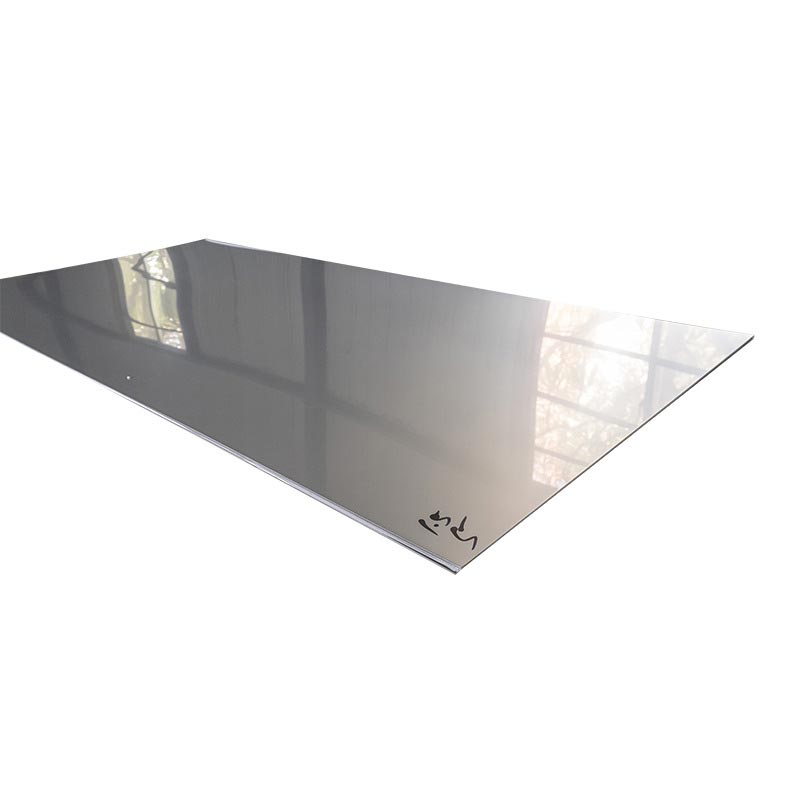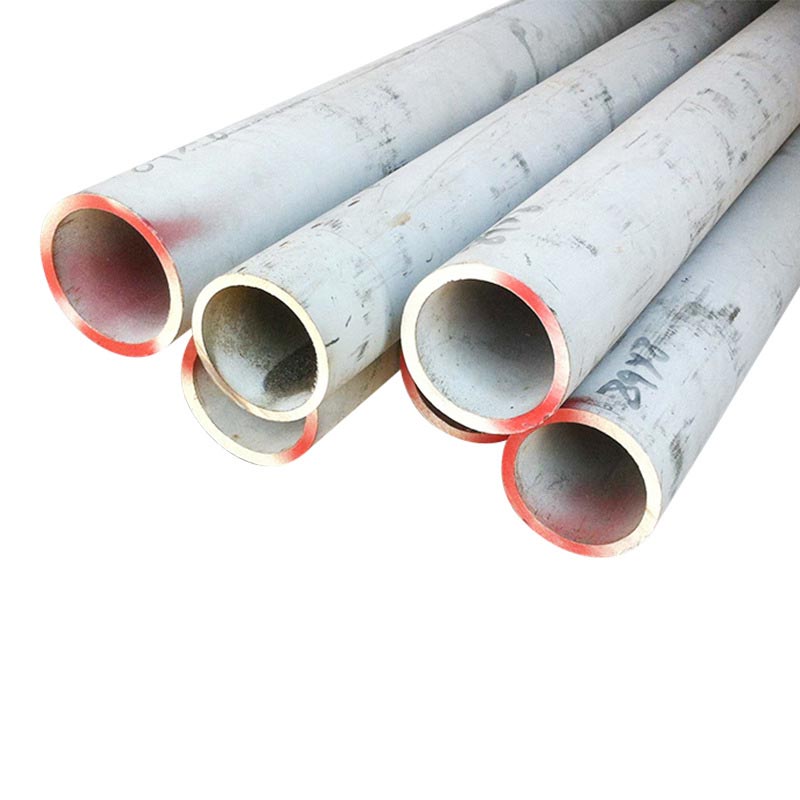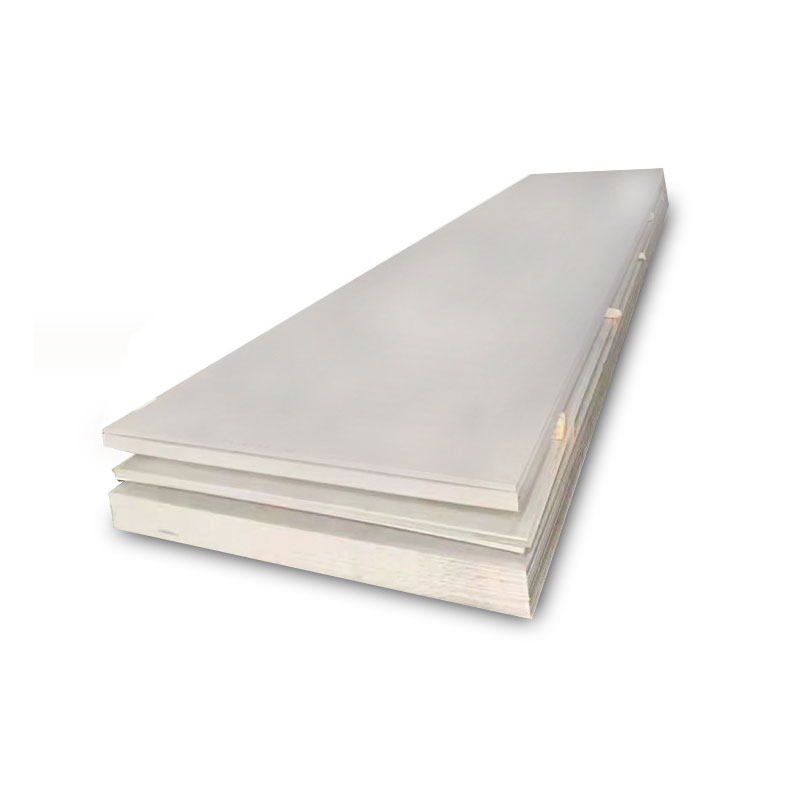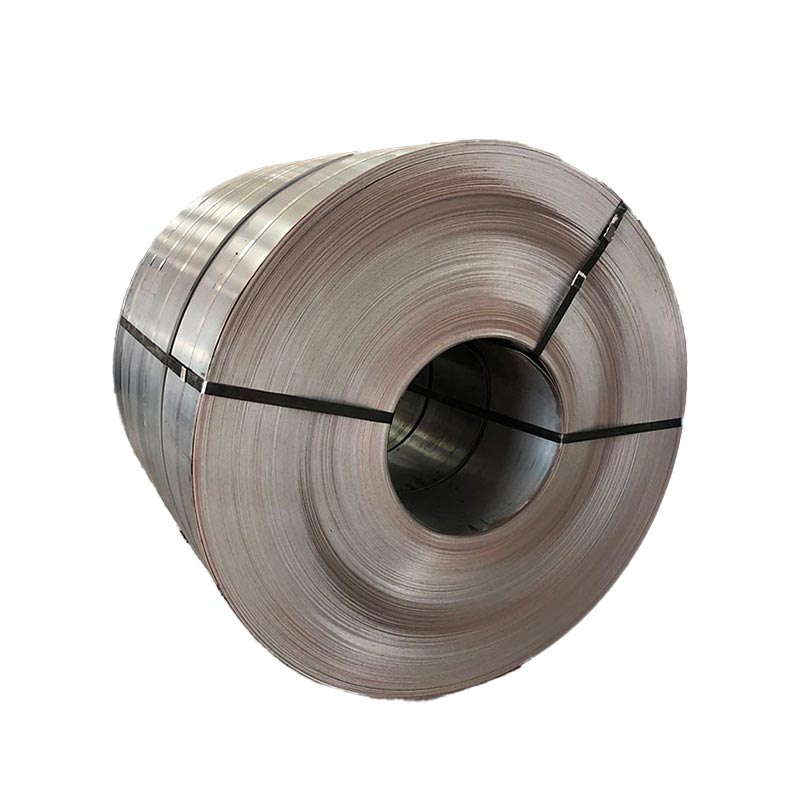Analysis of Causes for Internal Folding in 310S Stainless Steel
Analysis of Causes for Internal Folding in 310S Stainless Steel
The stainless properties and corrosion resistance of 310S stainless steel are attributed to the formation of a chromium-rich oxide film (passivation film) on its surface. This stainless characteristic and corrosion resistance are relative. Tests indicate that in weak media such as atmosphere and water, as well as in oxidizing media like nitric acid, the corrosion resistance of steel improves with increasing chromium content. The corrosion resistance undergoes a qualitative change—transitioning from being prone to rusting to being rust-resistant, and from non-corrosion-resistant to corrosion-resistant. Based on microstructure at room temperature, stainless steels can be classified into martensitic, austenitic, ferritic, and duplex types. Chemically, they are generally divided into chromium-based and chromium-nickel systems. By application, there are types resistant to nitric acid, sulfuric acid, seawater, etc. Based on corrosion resistance types, they can be categorized as resistant to pitting, stress corrosion, intergranular corrosion, etc. Classified by functional characteristics, they include non-magnetic, free-machining, low-temperature, and high-strength varieties. Due to the excellent corrosion resistance, formability, compatibility, and toughness across a wide temperature range of 310S stainless steel materials, they are widely used in heavy industry, light industry, consumer goods industries, and architectural decoration.
Causes of Internal Folding in 310S Stainless Steel:

Characteristics: Straight-line, spiral, or semi-spiral sawtooth-shaped defects appear on the inner surface of the 310S stainless steel tube.
Causes:
Billet: Central porosity, segregation; severe residual shrinkage cavities; excessive non-metallic inclusions.
Uneven heating of the billet, excessively high or low temperatures, prolonged heating time.
Piercing area: Severe wear of the piercer plug; improper adjustment of piercing mill parameters; aging of piercing rolls, etc.
Inspection Criteria: Internal folding is not allowed on the inner surface of 310S stainless steel. Internal folding at the tube end must be repaired by grinding or further cutting. The actual wall thickness at the ground area must not be less than the standard requirement. Continuous internal folding results in rejection.
- What Are the Application Ranges of 304 Stainless Steel?
- Differences in Wall Thickness Tolerance Control Methods Between Stainless Steel Tube and Stainless Steel Seamless Tube
- What Problems Are Prone to Occur When Cutting 304 Stainless Steel Sheet?
- How to Deal with Decarburization of 304 Stainless Steel Sheet?
- Special attention must be paid to these issues during the welding of stainless steel tubes
- Stainless-Steel-Tube Welding Process and Considerations












